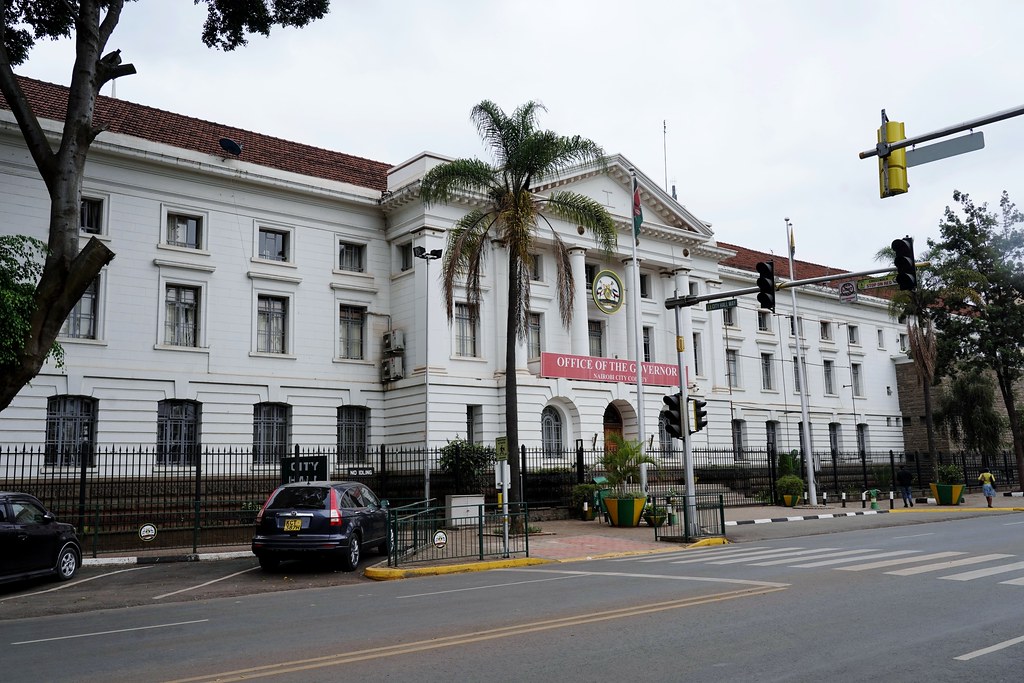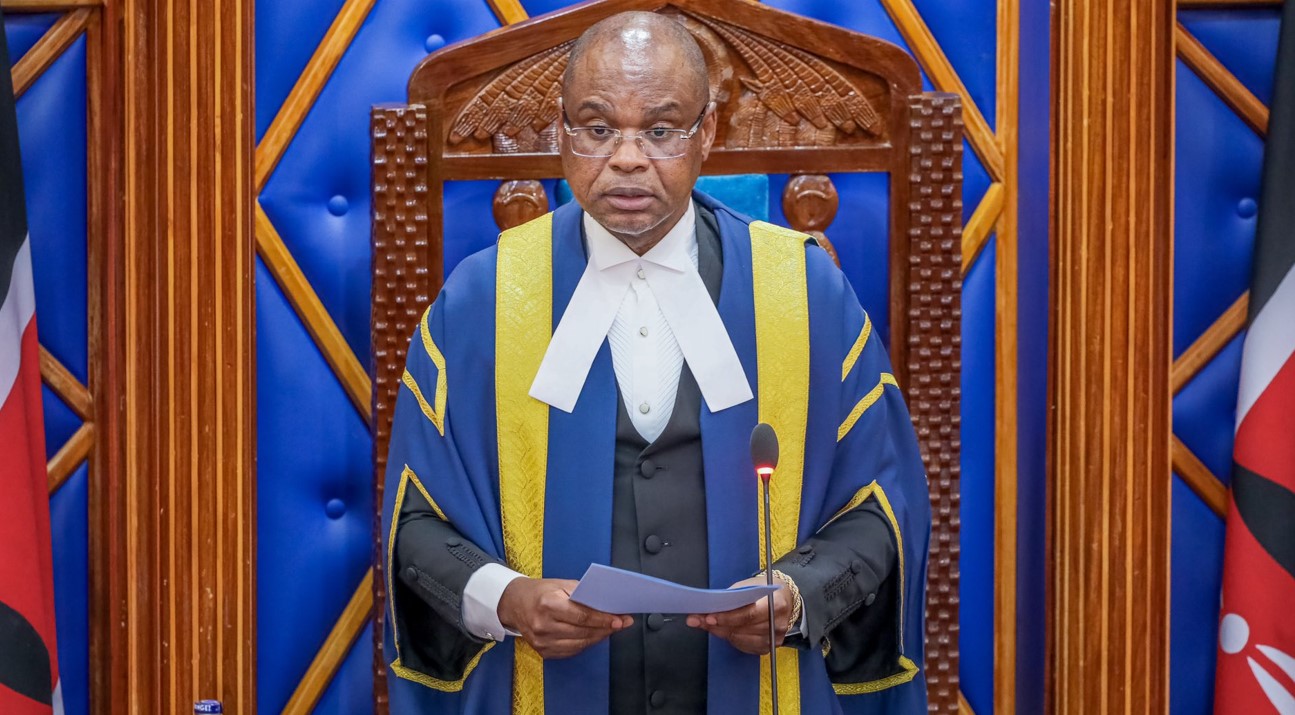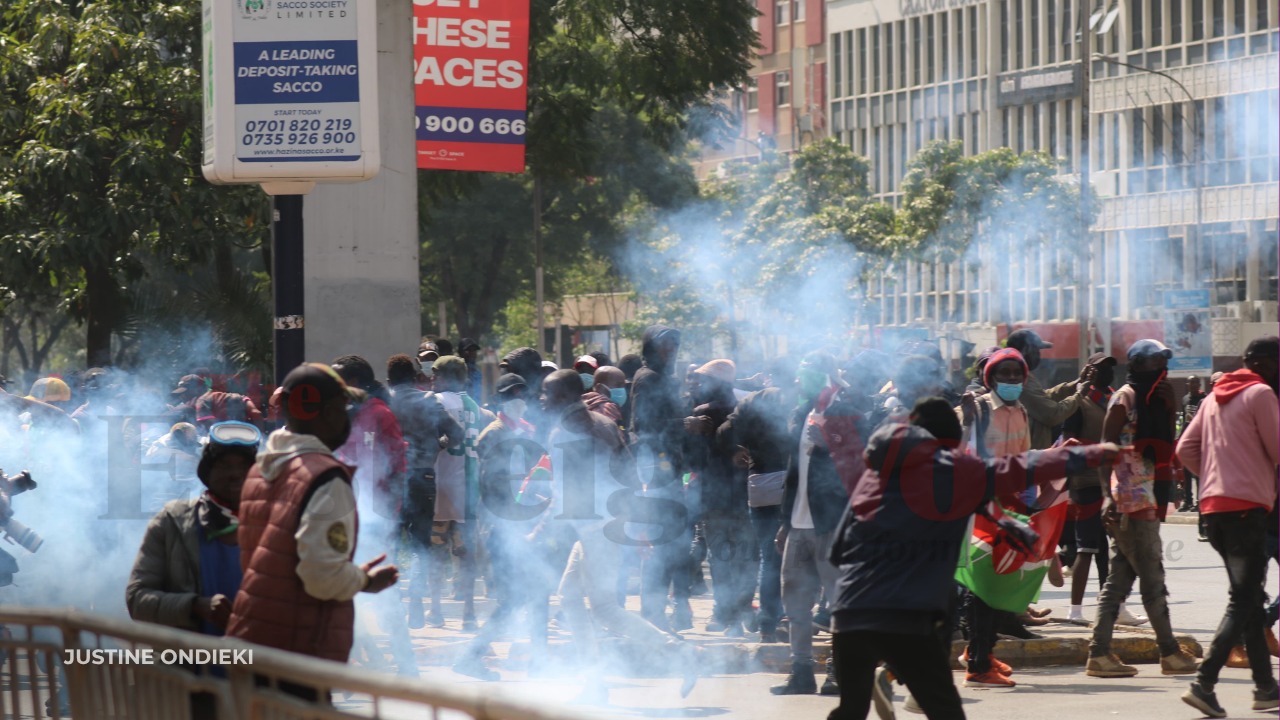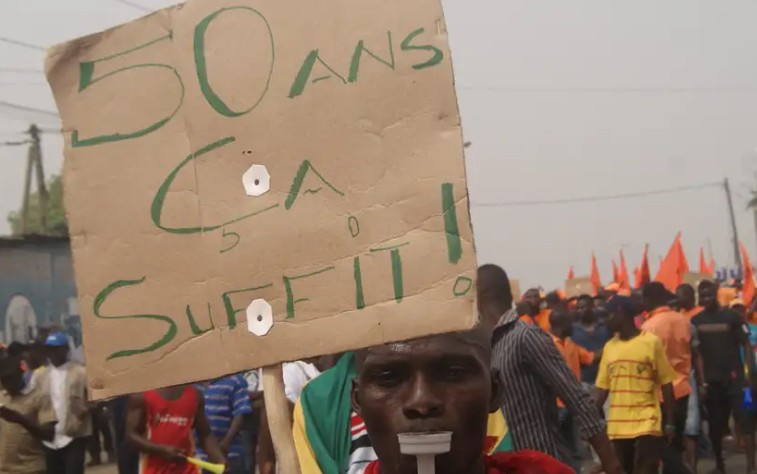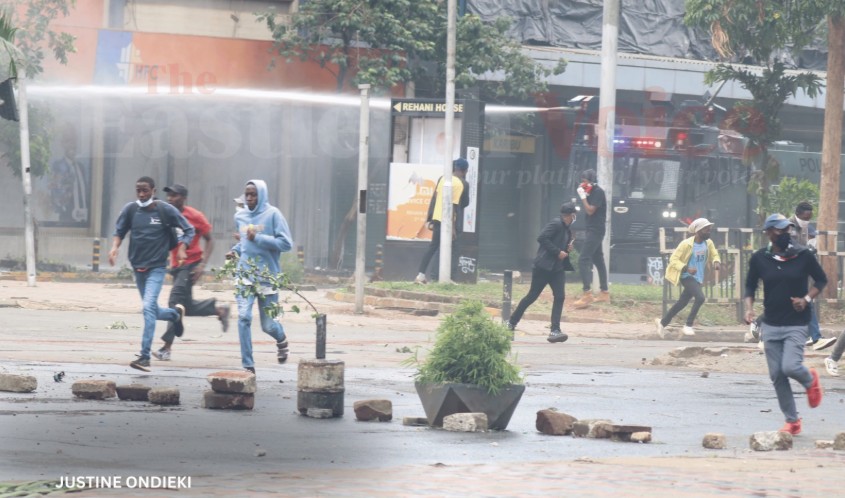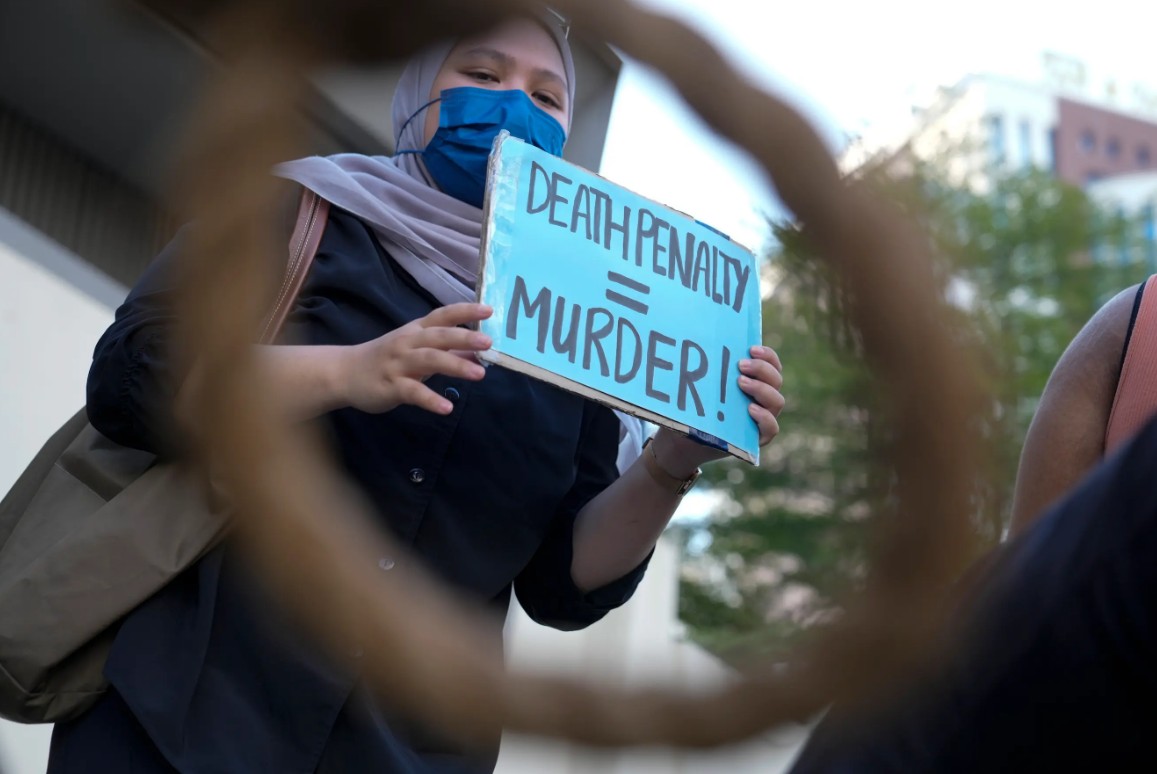Kenya on high alert as cases of human metapneumovirus spreads globally
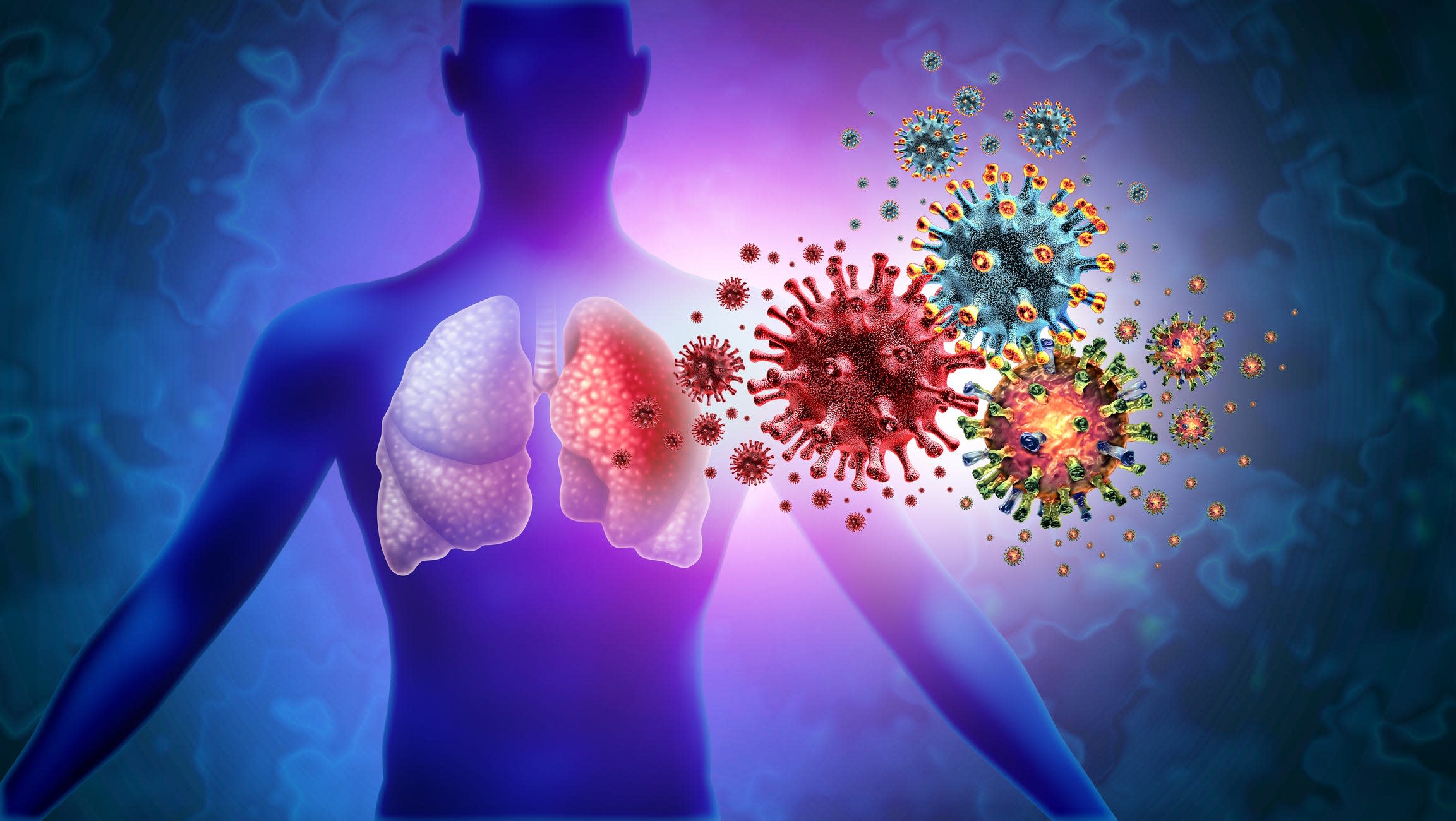
Although no cases have been reported locally, health experts warn of the virus's possible entry due to global trade and movement, drawing parallels with the spread of Covid-19 and Mpox.
Kenya is on high alert over the potential threat of human metapneumovirus (HMPV), a respiratory virus currently spreading in China and India.
Although no cases have been reported locally, health experts warn of the virus's possible entry due to global trade and movement, drawing parallels with the spread of Covid-19 and Mpox. Children are particularly at risk, with reports from China highlighting a significant impact on young ones.
More To Read
- Mpox cases in Ethiopia rise to 18
- Silent but deadly: Growing burden of respiratory diseases in Kenya
- Respiratory illnesses, malaria lead hospital visits in Kenya
- Growing concerns on Kenya's preparedness amid pandemic fears
- Kenya's Mpox cases rise to 41 as viral haemorrhagic fevers spread across East Africa
- MoH teams up with long distance truck drivers to fight Mpox, Marburg viruses
Human metapneumovirus (HMPV) is known to cause upper respiratory infections, including the common cold. While it typically results in mild illness, it can lead to severe symptoms, particularly in children, the elderly, and individuals with weakened immune systems. The World Health Organisation identifies HMPV as a significant cause of respiratory illness worldwide.
It spreads through respiratory droplets from an infected person or via contaminated surfaces, such as doorknobs, with subsequent contact with the eyes, nose, or mouth.
As Kenya continues to address the challenges posed by Mpox and concerns over declining Covid-19 immunity, health authorities are calling for heightened vigilance and proactive measures to protect families from the potential spread of HMPV.
The WHO notes that most individuals infected with human metapneumovirus (HMPV) typically experience mild cold or flu-like symptoms. These may include a cough, fever, sore throat, runny or stuffy nose, body aches, and headaches.
However, in some cases, the virus can cause more serious illnesses, such as pneumonia or inflammation of the airways, including bronchiolitis or bronchitis. Severe symptoms to watch for include wheezing, difficulty breathing, chest pain, dizziness, severe fatigue, dehydration, or a fever that persists without improvement. WHO advises that anyone experiencing these severe symptoms should seek medical attention promptly.
Just like Mpox, human metapneumovirus (HMPV) poses a greater risk to vulnerable groups. It is a common cause of upper respiratory infections in infants and children under five years old.
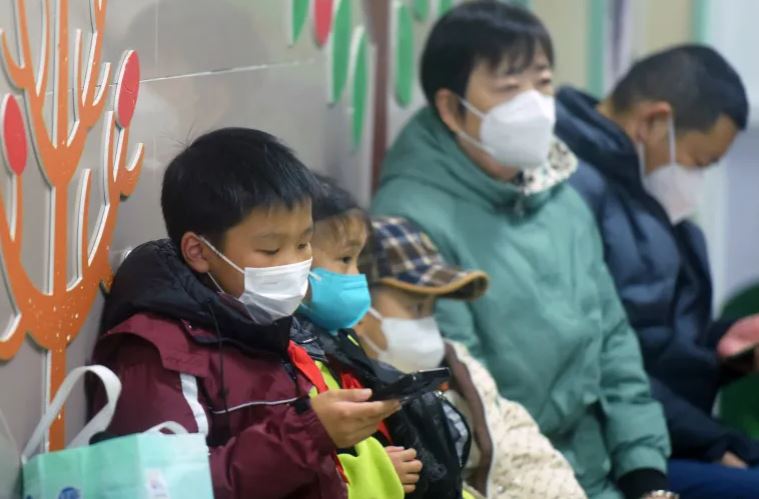 Masked children, accompanied by adults, wait to be seen by medical staff at a hospital in Hangzhou, eastern China's Zhejiang province, on January 6, 2025. (Photo: AFP)
Masked children, accompanied by adults, wait to be seen by medical staff at a hospital in Hangzhou, eastern China's Zhejiang province, on January 6, 2025. (Photo: AFP)
While anyone can contract HMPV, those at higher risk of severe illness include infants, older adults, and individuals with underlying health conditions such as immunosuppression, chronic obstructive pulmonary disease (COPD), or asthma. Extra precautions are essential to protect these groups, along with healthcare workers, from respiratory infections.
Prevention
Preventing human metapneumovirus (HMPV) infection is similar to preventing other respiratory illnesses. Experts recommend wearing a mask in crowded or poorly ventilated spaces and improving ventilation where possible, such as by opening windows to allow for better airflow.
Regular handwashing with soap and water or using an alcohol-based hand rub is crucial, as well as avoiding touching the eyes, nose, or mouth without first cleaning hands. A strong immune system can also help fend off infections, so eating a balanced diet, exercising regularly, and getting enough sleep are important for overall health.
When someone is sick, they can help prevent spreading the virus by staying at home if they're feeling unwell, covering their nose and mouth with a tissue or their bent elbow when coughing or sneezing, and wearing a mask when around others. Improving ventilation in shared spaces and regularly cleaning hands, as well as disinfecting frequently touched surfaces, can further reduce the risk of transmission.
Experts emphasize that HMPV is not a new disease—it's been around since 2001—and while it can cause severe illness in vulnerable groups, it is generally not as risky as Covid-19.
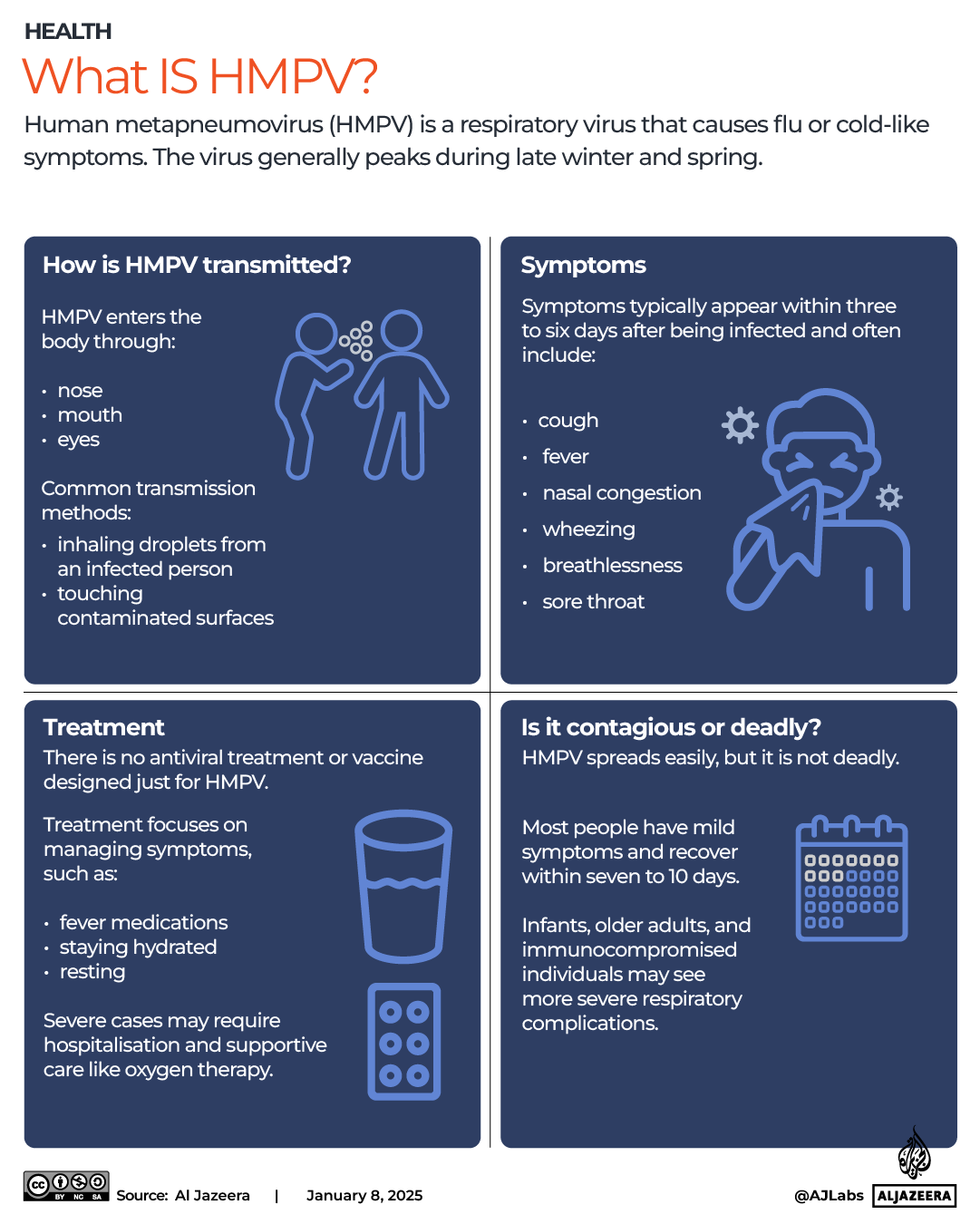
WHO notes that there is currently no approved antiviral treatment for HMPV. Most people recover within a few days, but if symptoms worsen, it is important to contact a healthcare provider. Those at higher risk should also seek medical advice, even if their symptoms are mild.
In rare cases, when hospitalization is required, doctors may administer supplemental oxygen to assist in recovery.
Increase in infections
Data published by the Chinese Center for Disease Control and Prevention, which tracked health information up until December 29, 2024, shows a steady increase in respiratory viral infections during the final weeks of the year. This included a rise in seasonal influenza, rhinovirus, RSV, and human metapneumovirus, especially in the northern provinces of China.
Health experts highlight a key difference between human metapneumovirus (HMPV) and the SARS-CoV-2 virus that caused the Covid-19 pandemic. Unlike SARS-CoV-2, HMPV has been around for decades, meaning most people have some pre-existing immunity to it. While HMPV does mutate over time with new strains emerging, it doesn't have the potential for a pandemic. This is because its changes are gradual and based on already circulating strains. Pandemics typically occur when a completely new virus enters the human population, such as with Covid-19, or when a new variant of influenza emerges from an animal reservoir. However, no such animal reservoir is known for HMPV.
Researchers estimate that HMPV causes about 10 per cent to 12 per cent of respiratory illnesses in children, and while most cases are mild, around 5 per cent to 16 per cent of children may develop lower respiratory tract infections like pneumonia. These complications emphasize the importance of early detection and proper management to prevent severe outcomes.
The Ministry of Health (MoH) has reassured the public about the absence of a potential Human Metapneumovirus (HMPV) outbreak in Kenya, despite a recent rise in cases in China that has raised concerns of a global pandemic similar to Covid-19. The Ministry emphasised that there has been no increase in respiratory diseases in the country and urged Kenyans to stay vigilant while adhering to basic public health guidelines.
“The national public health surveillance system is closely monitoring the situation, and we are pleased to report that there has been no significant rise in respiratory symptoms in health facilities nationwide,” stated MoH.
“The Ministry remains dedicated to protecting the health and well-being of all Kenyans. We encourage the public to continue practising good hygiene and respiratory etiquette, as outlined in the Epuka Uchafu Afya Nyumbani initiative.”
MoH also advised anyone experiencing unusual or severe respiratory symptoms to seek immediate care at the nearest medical facility.
Top Stories Today
